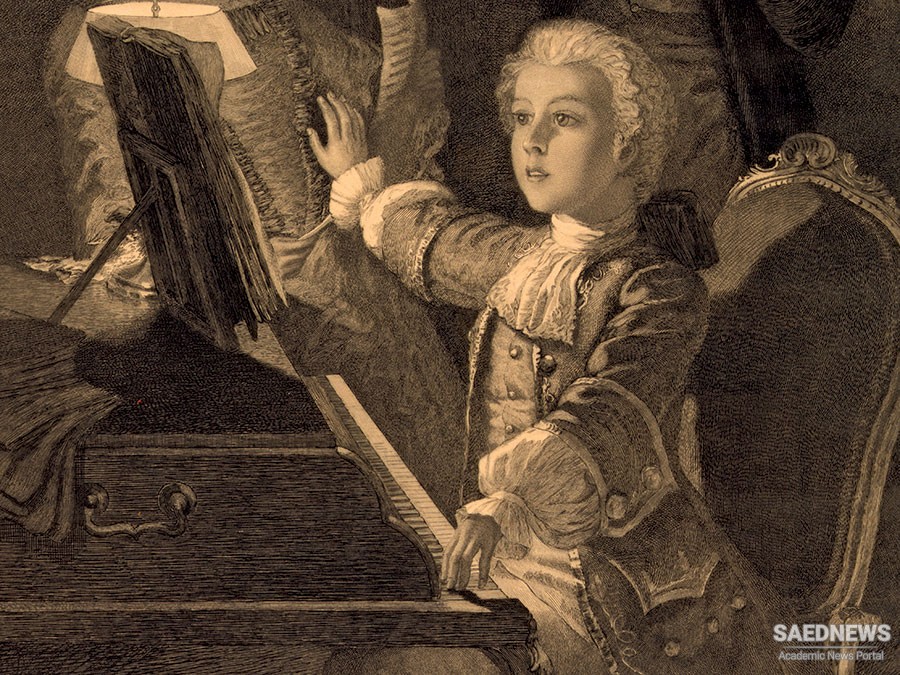Leopold took Mozart to Vienna in 1773, where the newest Viennese music had a considerable effect on the young composer; he produced a set of six string quartets showing fuller textures and a more intellectual approach to the medium. Soon after his return to Salzburg he wrote a group of symphonies, including, most notably, the “Little” G Minor (K 183) and the A Major (K 201). The year 1774 saw the composition of more symphonies, concertos for bassoon and for two violins, serenades, and several sacred works. At the end of the year Mozart was commissioned to write an opera buffa, La finta giardiniera (“The Feigned Gardener Girl”), for the Munich carnival season, where it was duly successful. A period of two and a half years (from March 1775) began in which Mozart worked steadily in his Salzburg post, now as a salaried Konzertmeister. During this period he wrote only one dramatic work, but he was productive in sacred and lighter instrumental music. His most impressive piece for the church was the Litaniae de venerabili altaris sacramento (K 243), which embraces a wide range of styles (fugues, choruses of considerable dramatic force, florid arias, and a plainchant setting). The instrumental works included divertimentos, concertos, and serenades, notably the Haffner (K 250). In 1777 he petitioned the archbishop for his release and, with his mother to watch over him, set out to find new opportunities. They went first to Munich, then to Augsburg. At the end of October they arrived at Mannheim, where they stayed for more than four months at the musically progressive court of the Elector Palatine. He became friendly with the Mannheim musicians, undertook some teaching and playing, and composed several piano sonatas, some with violin. Mozart and his mother reached Paris late in March 1778, and Mozart soon found work. His most important achievement there was the symphony (K 297), a brilliant D Major work. By the time of the symphony’s premiere, on June 18, his mother was seriously ill, and on July 3 she died. Soon after, Leopold negotiated a better post for Mozart in Salzburg, where he would be court organist and still nominally Konzertmeister, and Mozart reluctantly returned home in mid-January 1780. Much of Mozart’s work after his return displayed his command of international styles, notably the symphonies K 318 in G Major and K 338 in C Major, as well as in the sinfonia concertante for violin and viola K 364. Also during this time, Mozart composed the two-piano concerto, the two-piano sonata, as well as a number of sacred works, including the best-known of his complete masses, the Coronation Mass. But it was dramatic music that attracted Mozart above all, and in 1780 he received a commission to compose a serious Italian opera for Munich. The subject was to be Idomeneus, king of Crete, and the librettist the local cleric Giambattista Varesco. In the resulting Idomeneo, rè di Creta Mozart depicted serious, heroic emotion with a richness unparalleled elsewhere in his operas. It includes plain recitative and bravura singing, and, though the texture is more continuous than in Mozart’s earlier operas, its plan is essentially traditional. Given on Jan. 29, 1781, just after Mozart’s 25th birthday, it met with due success.


 Wolfgang Amadeus Mozart: the Apex of Viennese Classic School
Wolfgang Amadeus Mozart: the Apex of Viennese Classic School














































